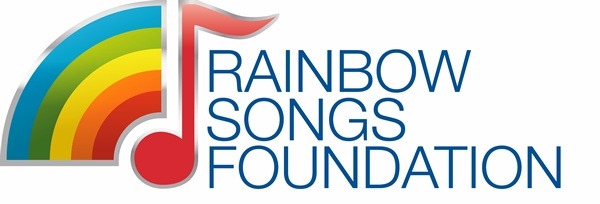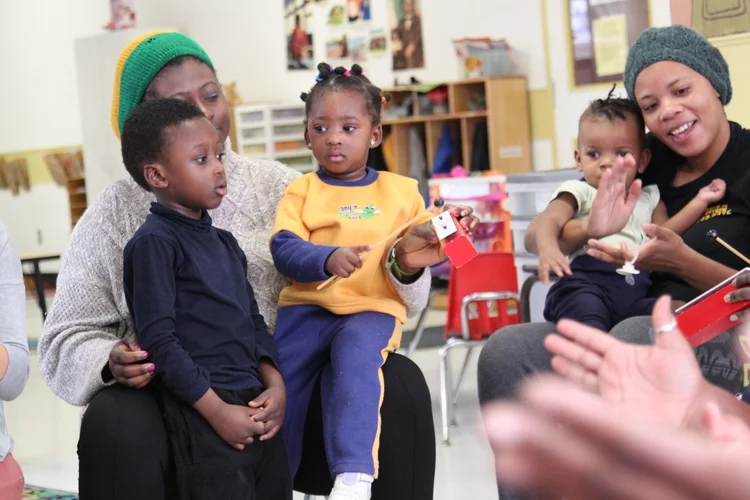Spooky Sounds
/Today's music therapy group was themed around Halloween! The group began with a musical game involving halloween themed words and phrases. Group members learned short rhythmic phrases that corresponded with spooky lyrics. The group played their phrases in a call and response fashion one by one.
We then moved into creating a spooky soundscape. The group went around the circle and took turns creating a spooky or scary sound on their instruments. Participants made sounds like footsteps, creaking doors and door knocking. The group then created a group improvisation with different spooky soundscapes.
We then moved into an opposite emotional landscape, the group brainstormed what a target emotion may be when experiencing fear. Words included calm, relaxed, peaceful, soothed, confident, free and capable. The group then created a second improvisation inspired by these words. One group member sang along and freestyled lyrics about the theme of facing fears and triumphing.
We then moved into our main Halloween activity, Halloween Bingo. Each group member was given a bingo card with a variety of spooky sounds like a thunderstorm, black cat, footsteps, whispers, a howling wolf etc. The music therapist played these sound effects and the group marked them off on their sheets. Group members shouted Boo! or Bingo to signal that they had completed a full line of sound effects.
We then closed with the requested song share activity. Group members shared a song of meaning with the group, discussed how they related to the song and listened with everybody.

